Bringing our past to life
Roger Currie talks to Director of Heritage and Estates Chanté St Clair Inglis
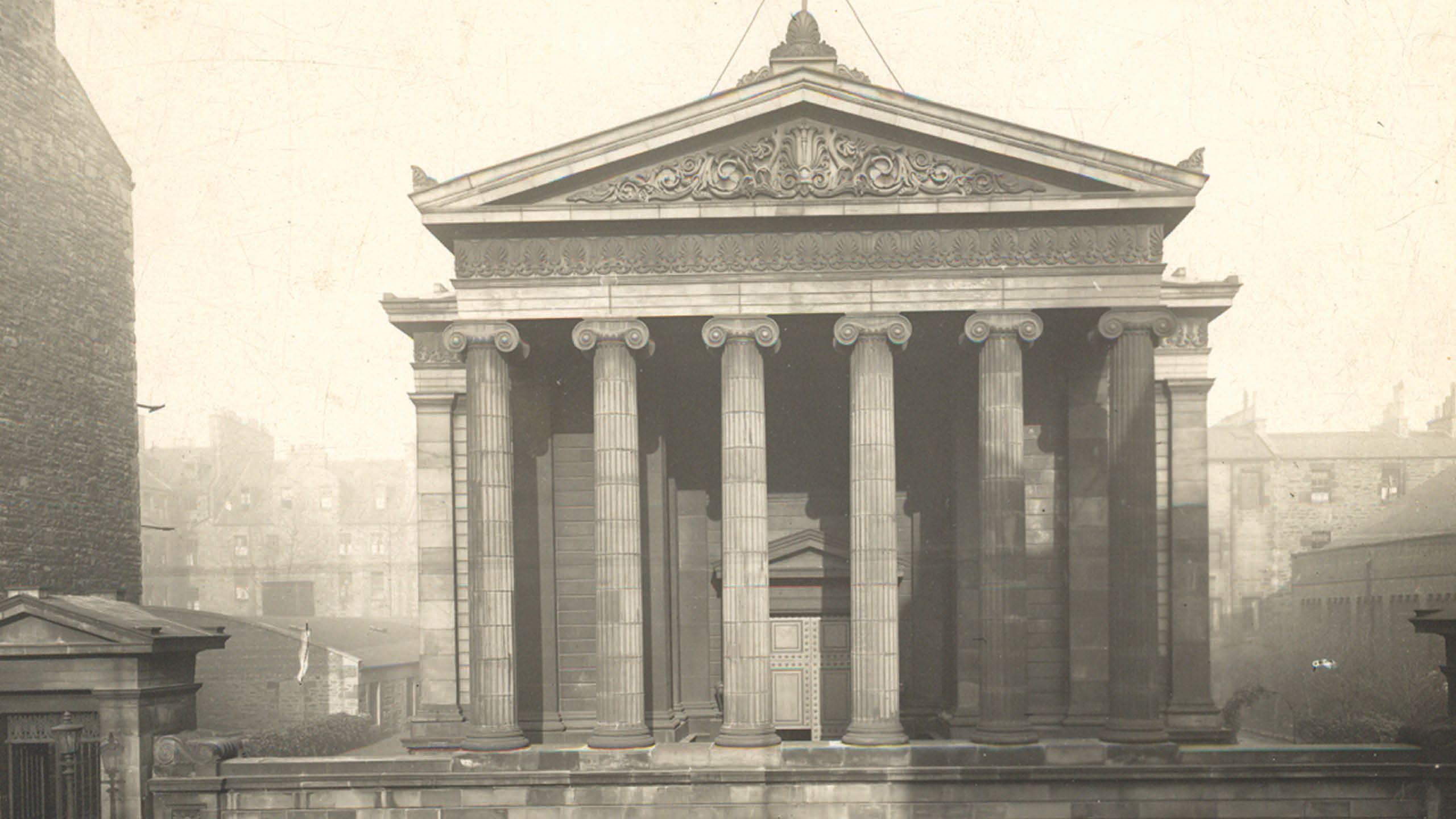
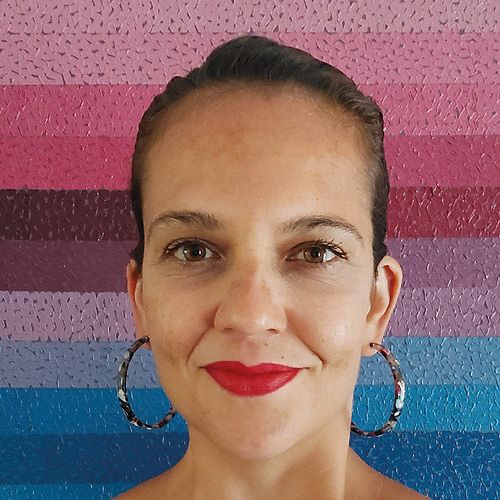
Chanté St Clair Inglis
RCSEd Director of Heritage and Estates
W e are proud of the long history of our College, which builds on the legacy of our predecessors and forms a key part of the College’s identity. Earlier this year, Chanté St Clair Inglis joined the RCSEd as Director of Heritage and Estates, a key role within the College. Roger Currie catches up with Chanté to discuss the College’s heritage collection and look at future plans for development in this area.
Roger: Tell us a bit about yourself?
Chanté: I am delighted to join the College as the Director of Heritage and Estates. I have worked in the culture sector for many years. I am from New Zealand originally and I’ve lived in Scotland for 16 years.
In Scotland, I have led teams at National Galleries of Scotland and, most recently, National Museums Scotland, where I headed up a department of more than 50 specialists working across a range of functions including conservation, collections care, analytical science, library and archives, as well as collections management and digitisation. In this role I also directed the masterplan development of the National Museums Collection Centre in Granton, Edinburgh.
I am research active and play a leading role across the heritage sector including as a sitting member of the Museums Association Ethics Committee and reviewer and Chair for the Arts and Humanities Research Council’s Peer Review College. I am also an expert member of the Irish Government’s Restitution Panel informing the development of museum repatriation protocols in Ireland.
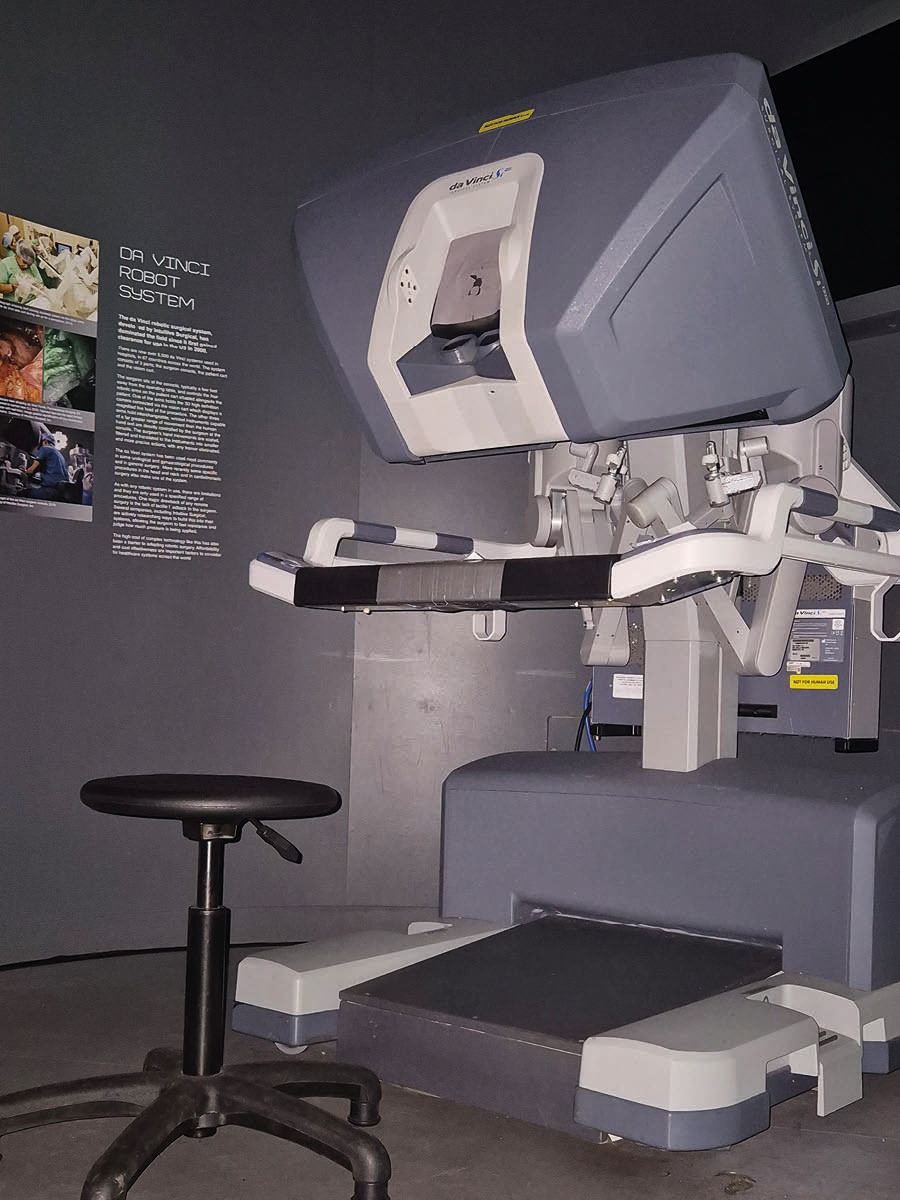
The Body Voyager gallery
The Body Voyager gallery
Roger: What excites you the most about the College’s heritage portfolio?
Chanté: Its significance – this is an incredibly rich collection representing the changing nature of medical developments from the 16th century to today. The museums’ collection was founded as an educational resource for surgeons, and for many years it grew as new pathologies and surgical techniques were discovered and used as teaching aids. However, when teaching methods changed, particularly in the latter 20th century, the need to use collections such as this diminished. This is when we see a shift to engage broader audiences with the history of medical and surgical developments.
Then there is the extensive medical library and archives. The library team here works closely with the College’s membership, enabling Members to access print and electronic resources spanning today’s surgical practice and allied disciplines. The archives are truly fascinating, with material extending back over 500 years documenting the history of the College and, more broadly, medicine and surgery in Scotland. These include minute books, administrative records, architectural plans, manuscripts, letters, lecture notes, photographs and personal papers.
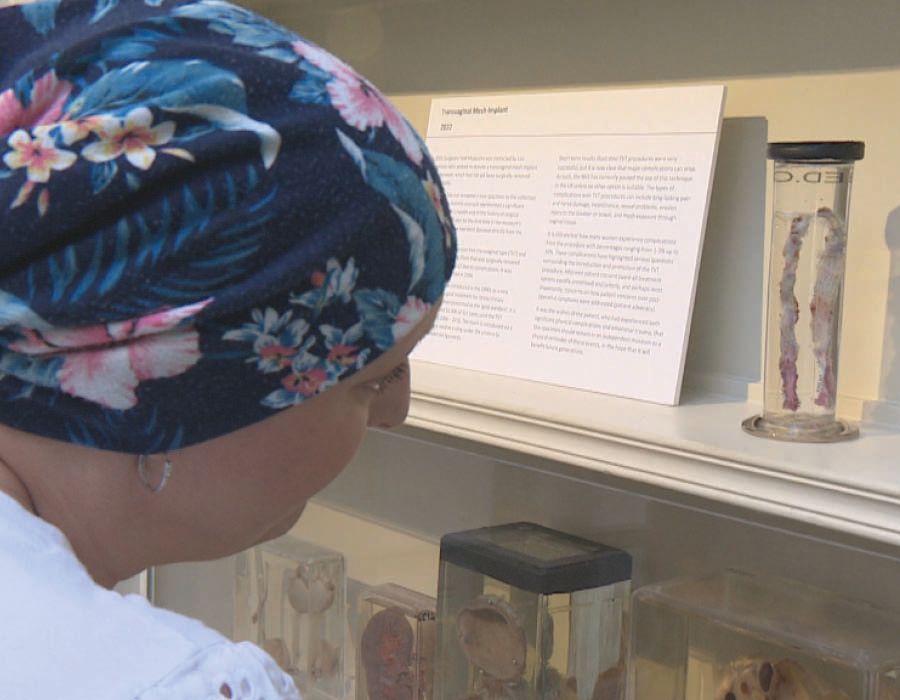
Lisa Meggison examines her tension-free transvaginal tape section, which she donated to the collections in 2022
Lisa Meggison examines her tension-free transvaginal tape section, which she donated to the collections in 2022
Over the past 20 years in particular there have been significant achievements developing and sharing these collections and I’m excited to have the opportunity to further this success. For example, the 2015 Lister Project transformed Surgeons’ Hall into the popular museums they are today with seriously impressive visitor numbers: in 2023 more than 111,000 people visited the displays. Additionally, the College has a Heritage team with experience and initiative to build on this success.
I am also excited about the opportunities to develop the College’s built heritage. My role as Director extends to the Estates and Property teams, and we are in the early stages of considering a project centred around the A-listed Playfair Building, which turns 200 in 2032. We have a unique opportunity to use this anniversary to drive development and investment in the estate, ensuring it continues to be an inspiring place for our Members, our staff, our global audiences and our local communities to thrive for the next 200 years.
Roger: What are you most looking forward to?
Chanté: Learning – particularly when it comes to the human remains collections. While I have worked with a range of complex collections, this is one of the largest collections of pathological anatomy in the world. How museums manage, care for and share human remains can be a hotly debated subject. It requires a nuanced approach considering cultural significance, scientific inquiry, audience engagement and the rights of the deceased. Learning from these collections as well as colleagues here and across the sector who have worked in this area for a long time is important to me.
“The collections are not static things from the past – they continue to grow and develop”
I am also looking forward to surfacing and sharing new stories from the collections. For example, we have started work on an exhibition about women in surgery. This will open next year both online and in the temporary exhibition space at Surgeons’ Hall Museums. In 2026, it will move into the main galleries as a new long-term display.
The collections have a lot to tell us that is still to be researched and shared. I am a real advocate of developing collections as research assets. Collections tell us about the past, but they can also inform our future. For example, with new scientific analytical techniques, these collections offer huge opportunities to inform contemporary medical research. They are accessed now for genomic sampling for viral evolution studies and I am excited to consider how we further this.
Roger: Were there any surprises when you started working here?
Chanté: I am definitely taken aback by the breadth of audiences engaging with the collections. Since starting in my role here, I’ve spent time in the galleries where you find medical and healthcare students and professionals, enthusiasts of science and history, and international tourists visiting Edinburgh, as well as families with children curious about what is inside their bodies.
Last month a very excited mum and her five-year-old boy spotted my work lanyard while I was walking through the galleries – they ran up and asked me: “Are you a real-life surgeon?” You can imagine their disappointment when I replied: “No, but I am a real-life museum professional.” And then there are audiences I could never have imagined – trainees from a local tattoo parlour developing their understanding in anatomy and fascinated by the historic tattoos on display, for example.
Roger: Do the museums still collect things today?
Chanté: Yes, it is important to stress the library, archive and collections are not static things from the past – they continue to grow and develop. For example, the galleries at the museums extend to current medical practices including robotics and surgery.
The Body Voyager gallery includes one of the most advanced visitor interactives I’ve ever seen: a da Vinci Surgical System. Donated by Intuitive Surgical Inc, the da Vinci allows visitors to experience what it is like to operate with robotic equipment used by surgeons today.
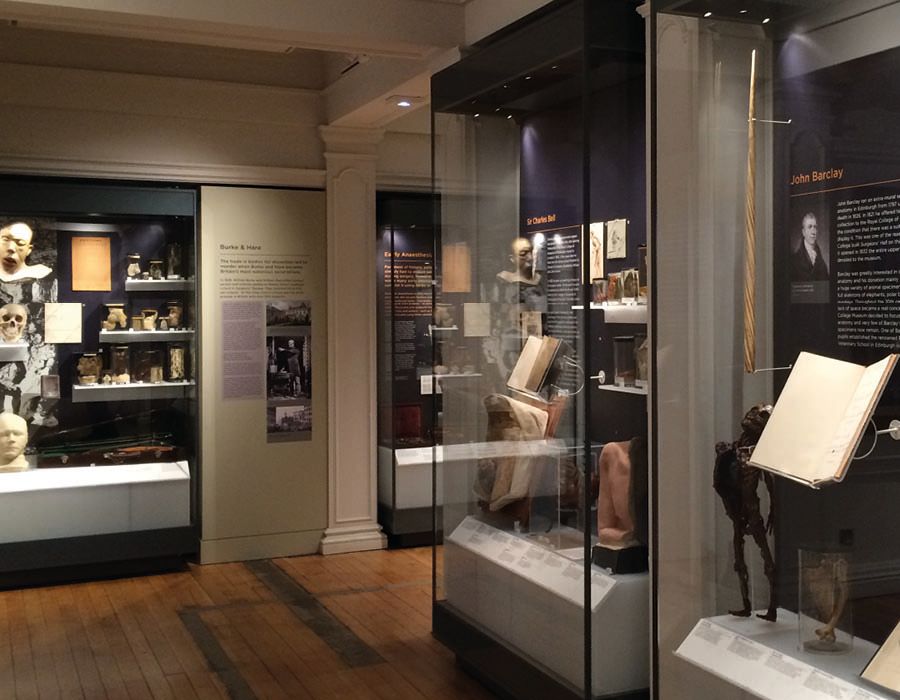
The History of Surgery gallery
The History of Surgery gallery
Continuing targeted contemporary collecting is incredibly important. A really interesting example of this, which speaks to the uniqueness of these museums, is a donation from Lisa Meggison in 2022. On display now in the Wohl Pathology galleries is 25cm tension-free transvaginal tape section with tissue surgically removed from Meggison in April 2022 after being inserted in 2006.
The museums’ collection development policy has a presumption against adding human remains to the collection today. However, as we are one of Scotland’s few museums legally permitted to care for contemporary human remains, we retain the ability to consider additions on a case-by-case basis. In this instance, Meggison approached the museums. She, along with many other women, suffered from a surgical procedure that was once considered ‘gold standard’. Her donation allows us to share a pivotal moment in women’s health and raise awareness and questions about informed consent and patient advocacy.
You can tell from my responses that there are lots of wonderful things to do here. I feel very lucky to have the opportunity to be part of the College’s history and its future.
Quick-fire questions
Q: If you could learn any new skill overnight, what would it be?
A: Speaking multiple languages fluently. The ability to communicate with people from different cultures and backgrounds would be wonderful.
Q: If you could have dinner with any historical figure, who would it be?
A: Cleopatra. Her intelligence, political savvy and charisma were phenomenal. I’d love to learn about her leadership in ancient Egypt and her strategic alliances.
Q: If you could have any superpower, what would it be?
A: Healing, the ability to alleviate pain and suffering. Maybe that’s why I was so attracted to the mission and vision of the College.
To check out videos from our Heritage team, click here.

